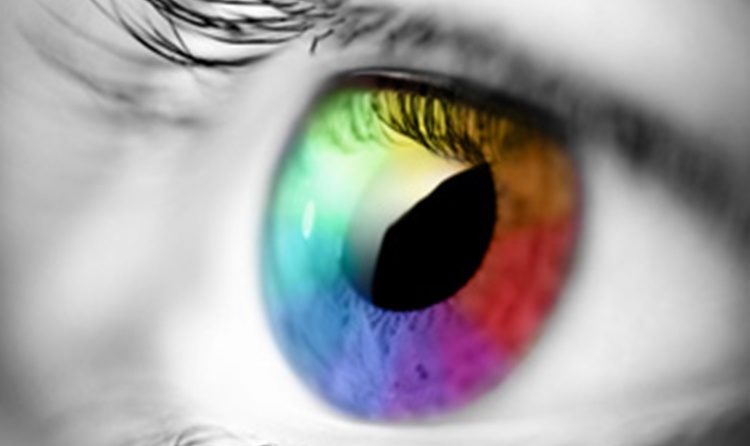Here are the symptoms and causes of Poor Color Vision
POOR COLOR VISION – This condition is also called deficient color vision which is an inability to see the difference between certain colors, however, the person can still see the color.
Commonly, this condition is associated with the term “colorblind”. However, there is a huge difference between the two. Based on the article from Mayo Clinic, the true definition of colorblindness is when a person can only see the shades of black and white. This condition is rare.

SYMPTOMS
Some people do not know that they have poor color vision. They only knew about this if it already created confusion. For example, if the person is having problems differentiating the colors in a traffic light. Children with this condition could also have a difficulty in interpreting color-coded learning materials.
According to the article, those who have this condition will not be able to distinguish different shades of red and green (most common), different shades of blue and yellow, and any colors. The defects can be identified according to severity: mild, moderate or severe.
CAUSES
Hereditary
Males are more prone to inherit poor color vision than females and it usually affects both eyes but the severity does not change over the lifetime. The most common color deficiency is red-green.
Diseases
There are certain diseases that can lead to this condition such as sickle cell anemia, diabetes, macular degeneration, Alzheimer’s disease, glaucoma, Parkinson’s disease, chronic alcoholism, and leukemia. If the underlying disease can be treated, the vision may also improve. Commonly, only one eye is affected.
Medications
Some drugs that treat heart problems, high blood pressure, erectile dysfunction, infections, nervous disorders, and psychological problems can alter the vision.
Aging
As a person gets older, the ability to see colors slowly deteriorates also.
Chemicals
If a person is exposed to chemicals in the workplace, such as carbon disulfide and fertilizers, the eyes may be affected and can lead to poor color vision.
READ ALSO: EYE CATARACTS: Silent Signs That You Might Have This Eye Condition
